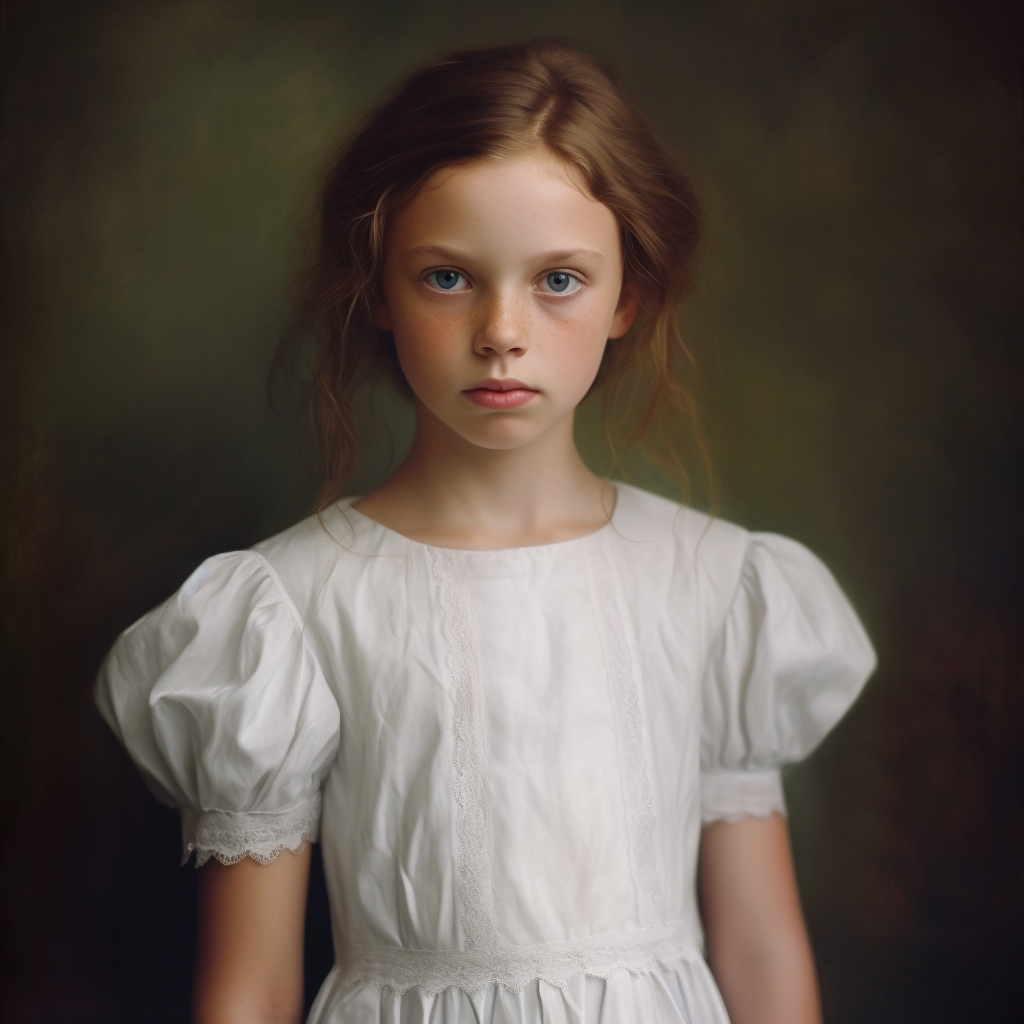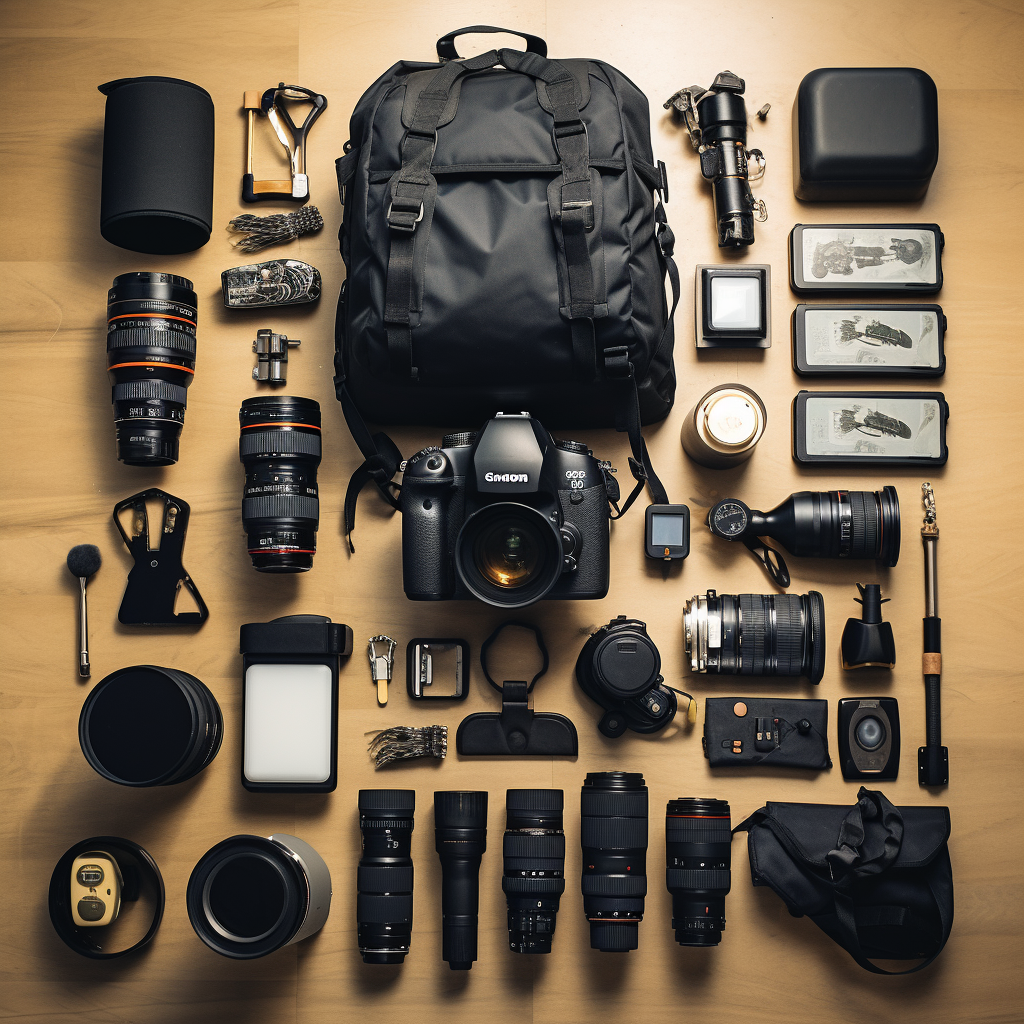Please note this post may contain affiliate links picked by me (Jay) that I have deemed may be of interest or relevant to you the reader of this.
These links do not affect the cost of the thing if you decide to purchase but i may get a little money if you choose to purchase.
For more information on my affiliate link policy click here.
Beyond the Selfie: Creating Professional-Quality Portraits
As a photography junkie, I’m always looking for ways to take my skills to the next level. And one area where I’ve been pushing myself lately is in portrait photography. It’s a challenging but rewarding genre, and it requires a lot of technical skill and creativity to create truly professional-quality portraits. In this article, I’ll share some tips and techniques for taking your portraits beyond the selfie and into the realm of true art.
First,
let’s talk about gear. While you can certainly take great portraits with just about any camera, having the right equipment can make a big difference in the final result. Here are a few things to consider:
Camera:
You’ll want a camera that allows you to control things like aperture, shutter speed, and ISO manually. This will give you greater control over the depth of field, motion blur, and noise in your photos. If you’re just starting out, a DSLR or mirrorless camera with interchangeable lenses is a good choice.
Lens:
The lens you choose will have a big impact on the look of your portraits. For a classic portrait look, a 50mm or 85mm prime lens is a good choice. These lenses have a wide aperture (f/1.8 or wider), which allows for a shallow depth of field and a nice bokeh effect (blurred background). If you want a wider angle or more creative options, you might consider a zoom lens or a lens with a different focal length.
Lighting:
While natural light can be great for portraits, having some control over your lighting can really elevate your portraits. A simple off-camera flash or a continuous light source can help you shape the light and create more dramatic effects.
Once you have your gear sorted, it’s time to think about the other elements that go into a great portrait.
Here are a few tips to get you started:
Composition:
Pay attention to the composition of your portraits. Consider the rule of thirds, leading lines, and symmetry to create a balanced and visually interesting image. Experiment with different angles and perspectives to add depth and dimension to your portraits.
Posing:
This is an area where many photographers struggle, but it’s important to give your subjects clear direction and guidance to get the best results. Avoid stiff, unnatural poses, and instead focus on creating a sense of movement and emotion in your portraits. Pay attention to the positioning of the hands, the tilt of the head, and the placement of the feet to create a cohesive and visually appealing image.
Background:
The background of your portrait can make or break the image. Look for simple, uncluttered backgrounds that won’t distract from your subject. Consider using a shallow depth of field to blur the background and create a sense of separation between the subject and the background.
Wardrobe and Makeup: Don’t overlook the importance of wardrobe and makeup in your portraits. Encourage your subject to wear something that makes them feel confident and comfortable, and consider using makeup to enhance their natural features. Keep in mind that subtle changes can make a big difference in the final result.
Post-processing:
Once you’ve captured your images, it’s time to edit them. While it’s important to get things right in-camera, post-processing can help you refine your images and bring out the best in your subject. Consider adjusting things like exposure, contrast, and color to create a cohesive and visually appealing final image.
Of course, these are just a few tips to get you started. There’s a lot to learn when it comes to portrait photography, and the best way to improve is to practice, practice, practice. Try different lighting setups, experiment with posing and composition, and don’t be afraid to ask for feedback from other photographers.
If you have any questions or want
to learn more, don’t hesitate to join the community section on our website. Here, you can connect with other photographers, share your work, and get feedback and advice from experts in the field.
Here are a few additional tips to take your portrait photography to the next level:
Use natural light creatively:
While artificial lighting can give you a lot of control over the light in your images, natural light can be just as effective if used creatively. Look for interesting sources of light, like a window or a shaft of sunlight, and use them to create unique and dynamic portraits.
Play with color:
Color can be a powerful tool in portrait photography. Consider using complementary colors (colors that are opposite each other on the color wheel) to create contrast and visual interest in your images. You can also use color grading in post-processing to create a specific mood or atmosphere.
Get creative with angles:
Don’t be afraid to get down low or up high to create a unique perspective in your portraits. Experiment with different angles and focal lengths to create a sense of depth and dimension in your images.
Focus on the eyes:
The eyes are often the most important part of a portrait, so it’s essential to get them in sharp focus. Use a wide aperture (like f/1.8 or f/2.8) to create a shallow depth of field and make sure the eyes are in focus. You can also use a technique called focus stacking to ensure that both the eyes and the background are in focus.
Connect with your subject:
Finally, remember that portrait photography is all about capturing the essence of your subject. Take the time to get to know your subject, ask questions, and make them feel comfortable in front of the camera. When you connect with your subject, you’ll be able to capture their personality and create truly memorable portraits.
In conclusion,
taking professional-quality portraits is a challenging but rewarding pursuit. With the right gear, technique, and creativity, you can create images that truly capture the essence of your subject. Keep practicing, experimenting, and pushing yourself to try new things, and you’ll be well on your way to becoming a portrait photography master. Remember, if you have any questions or want to connect with other photographers, don’t hesitate to join the community section on our website. Happy shooting!












